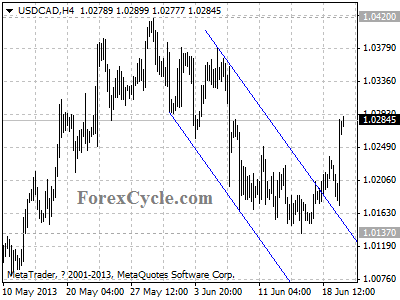By Profit Confidential
In just a few years following the Lehman crisis, credit in the Chinese economy has gone from $9.0 trillion to $23.0 trillion. Comparing it to the gross domestic product (GDP) of the country, credit has ballooned to 200% of GDP—it was only 40% before the U.S. subprime bubble burst.
Fitch Ratings’ senior director in Beijing, Charlene Sue, said this week, “…this is beyond anything we have ever seen before in a large economy. We don’t know how this will play out. The next six months will be crucial.” (Source: Evans-Pritchard, A., “Fitch says China credit bubble unprecedented in modern world history,” The Telegraph, June 16, 2013.)
Adding to the credit worries in China, just like the U.S. economy, consumers in the Chinese economy are shying away from spending. According to the China Association of Automobile Manufacturers, car sales in the Chinese economy in May grew at a slower pace than the previous month’s. The car sales growth rate registered at nine percent in May, compared to 13% in April. (Source: Financial Times, June 9, 2013.)
Furthermore, manufacturing in the Chinese economy has been witnessing a slowdown. Exports from the country have fallen victim to anemic demand in the global economy. Sadly, this year, as per government estimates, the Chinese economy is expected to grow at the pace of only 7.75%—much slower than China’s past double-digit growth rates.
The troubles in the Chinese economy continue to mount, but with the optimism seen in the key stock indices, investors are ignoring their implications. I can’t stress this enough: growing problems in the Chinese economy will not only hurt the global economy, but the U.S. economy and the rising key stock indices as well.
And I believe the estimates of China’s growth this year may be overly optimistic. The underlying issues in the Chinese economy can take the country down very fast. Think of it this way: the credit in the country has ballooned to a very dangerous level. If only five percent of the loans issued default, there will be significant repercussions.
At the end of the day, the slowing Chinese economy means trouble for the U.S. economy. What many may not realize is that some of the biggest companies based here in the U.S. economy do business in China—companies like Wal-Mart Stores, Inc. (NYSE/WMT), Caterpillar Inc (NYSE/CAT), and the biggest car makers in the U.S. economy, like General Motors Company (NYSE/GM) and Ford Motor Company (NYSE/F), all do a significant amount of business there.
The combination of China’s credit reaching 200% of GDP, manufacturing slowing, consumers reducing spending, and GDP growth declining rapidly could be a huge risk for American multinational companies and our stock market.
Where the Market Stands; Where It’s Headed:
It’s become a joke.
The stock market no longer trades on the fundamentals of an improving economy or rising corporate profits. We have a stock market obsessed with the actions of the Federal Reserve—will it continue to print money or will it pull back on quantitative easing?
When you have a stock market so focused on artificial factors, such as money printing, as opposed to fundamentals, like economic growth and corporate profits, the end for the market cannot be far off.
What He Said:
“Investors have been put into an unfair corner. Those who invested in stocks because they got caught in the tech boom (1999) have seen their investments gone. Now, those who have leveraged heavily to play the real estate game, because it is the place to be (2005), could see the same fate as the stock market investors. Thanks again, Mr. Greenspan.” Michael Lombardi in Profit Confidential, May 27, 2005. Michael started warning about the coming crisis in the U.S. real estate market right at the peak of the boom, now widely believed to be 2005.
Article by profitconfidential.com










